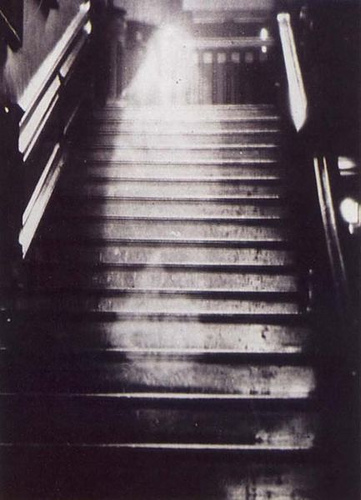From Manners and Conduct in School and Out by the Deans of Girls in Chicago High Schools, 1921:
- After dancing with a girl thank her and walk back with her to her seat, to her chaperon, or to her next partner. Never leave her standing alone in the middle of the floor.
- Girls, if your partner doesn’t dance well, take it pleasantly — but not as too much of a joke — and help him to do better.
- Avoid looking at a boy with your soul in your eyes. A girl holds the key to the social situation. She should keep such a situation at school on a cordial but wholly matter-of-fact basis, — absolutely free from sentimentality.
- Base your friendships on good comradeship, not on maudlin emotion, nor on propinquity. The right kind of girl and boy friendships may give joy for a lifetime; the wrong kind must be a continual menace.
- Don’t be prudes, girls, but let every boy know that he must keep his hands off from you. If he presumes, a cool glance on your part will usually restrain him. If it does not, avoid him; he is unworthy of your friendship.
- Boys, you can easily tell what girls would have you sit very close to them, and hold their hands, and put your arms around them. But, be manly. Always protect a girl; protect her from yourself, even from herself. If she does not wish to be so protected, avoid her as you would the plague.
- When you call on a girl, you shouldn’t remain after ten o’clock even though the girl wants you to. Girls, you should not urge. And, girls, observe how your boy friends fit themselves into the family group.
- A gift you should acknowledge at once and cordially. But, boys, let your gifts to girls be rare, and restricted to candy, books, and flowers.
- To force your presence upon those who seem not to want you, tends to crystallize their feeling of antagonism. On the other hand, nothing more quickly disarms this feeling of antagonism than evidence of delicacy on your part.
- Girls, it is poor policy to call up boys often by telephone, and bad manners to whistle to attract their attention.
- For you to sit at a social gathering with hat and coat on, girls, — even though you must leave in a few moments, — is discourteous both to your hostess and to the other guests.



